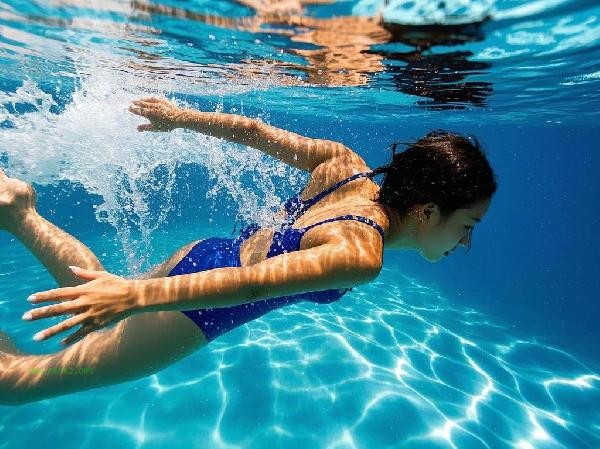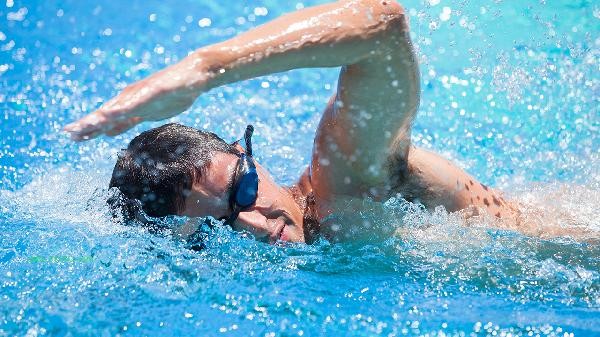Overcoming the fear and tension of swimming can be achieved through psychological adjustment, progressive practice, professional guidance, use of assistive tools, and environmental adaptation. The fear of swimming is often caused by drowning experiences, unfamiliarity with water, or concerns about unknown environments, and requires targeted intervention.

1. Psychological adjustment
corrects misconceptions about water through cognitive-behavioral therapy, such as decoupling swimming from dangerous situations and instead associating it with the sense of ease brought by buoyancy. You can try to close your eyes and meditate on the floating state in the water, repeating it for a few minutes every day. The verbal encouragement from parents or peers can significantly reduce anxiety levels and avoid using negative vocabulary such as sinking.
2. Progressive Practice
Starting from standing in shallow water, gradually transitioning to training in stages such as floating by the pool and using a floating board to paddle. Practice each step continuously until fully adapted, and control the initial immersion time within 10 minutes. After being able to float independently, you can try to cooperate with breathing exercises, such as rhythm training of exhaling in water and inhaling on the water surface.
3. Professional guidance
Hire coaches with lifeguard qualifications for one-on-one teaching, focusing on learning life-saving skills such as treading water and drifting. The coach will customize the course based on the level of fear of the students, such as teaching how to autonomously restore balance from a standing position. Professional guidance can prevent the exacerbation of fear caused by incorrect actions formed through self-study.

4. Auxiliary tools
Use equipment such as a back float and buoyancy belt to help the body maintain its position on the water surface, gradually reducing reliance on tools. Choosing transparent swimming goggles allows for clear observation of the underwater environment and eliminates the fear of the unknown in deep water. Children can use armbands for assistance, but attention should be paid to avoiding equipment dependence.
5. Environmental adaptation
First, adapt to the water temperature and buoyancy in a shallow water area of 0.8 meters, and practice during periods with low pedestrian flow. Warm water swimming pools are easier to relax muscles than cold water environments, and indoor temperature controlled swimming pools are superior to outdoor open water areas. After adaptation, you can try gradually entering the 1.2-meter standard pool, but always maintain a depth range where you can stand at the bottom.

It is recommended to practice regularly three times a week to establish a sense of water, and do warm-up exercises before going into the water to prevent cramps. Choose a one-piece swimsuit to reduce resistance interference and avoid swimming on an empty or full stomach. Record progress points after each practice, such as positive feedback such as increased float time. If severe stress reactions such as palpitations occur, exercise should be stopped in a timely manner and psychological help should be sought. After long-term persistence, most people can achieve autonomous swimming of 15 meters or more within two months.






Comments (0)
Leave a Comment
No comments yet
Be the first to share your thoughts!